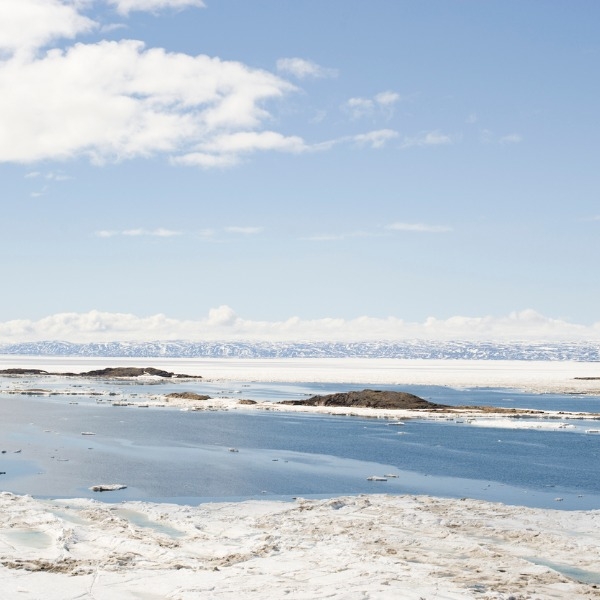A new year and a new beginning. And that made me think of what new topics I can write about. Lincolnshire has a long history and a lot has happened. There are thousands of stories to be told about different places and different times, but they are sometimes hard to follow if there is no overarching storyline to follow. It’s a big story and one that cannot be covered in a few hundred words, but it needs to be told… and retold.
When I was at primary school, my headmaster gave me a straightforward instruction for telling a story; “Start at the beginning, and when you get to the end, stop.” But when talking about the history of a county, where do you begin.
The bones of this county, the limestone of the Lincoln Edge and the chalk of the Wolds were lain down millions of years ago. Long before there were humans to witness it, or give the place any sort of name. The land was shaped and reshaped by climatic change, the most relevant and recent being the Quaternary Ice age. This began approximately 2.5 million years ago and is still going on.
Yes, we are living in an Ice age.
It is a popular misconception that Ice age refers merely to the cold periods during which glaciers advance from the poles and mountainous regions and advance across the landscape. In fact, it covers both the glaciers (glacial events) and the warmer interludes known as interglacials. Interglacial events vary in length between 28 and 50 thousand years. There is debate about the speed at which the transition between the two states takes place, originally it was seen as a gradual process, but more recent studies of invertebrates and ice cores have suggested a more rapid transition, perhaps as little as 50 years. Certainly, having seen Youtube videos of tourists having to run away from advancing pack ice, I can believe that the transition from warm interglacial to frozen glaciation was quicker than we would like to consider.
The earliest human artefacts found in Lincolnshire are lower Palaeolithic hand axes. These were made by our Homo Erectus ancestors approximately 800 thousand years ago. Although the hand axes tell us that these people were present, we know little about how or where they lived. Their bodies have been reconstructed from skeletal remains and we have a few surviving tools. This often leads to a reconstruction of dark-haired naked ape-men roaming around holding shaped rocks. The reality could be very different. Scientists have now identified over 25 different tools used by present world primates, and virtually none of them would survive in the archaeological record. Given the climatic conditions, it is likely that the first Homo Erectus that visited Lincolnshire were clothed and had a complex tool kit of stone, bone, wood, leather and plant fibres.
As the cycle of glaciation and interglacials continued, it is believed that Palaeolithic hunter-gatherers abandoned the region in the face of advancing ice sheets, but returned once the ice had retreated following herds of prey animals such as wild horses and deer. From approximately 315 thousand to 40 thousand years ago these would have included Neanderthals and from 40 thousand years ago they would have been predominantly Homo Sapiens, or modern humans.
The last ice sheet was present in the Wolds approximately 17.5 thousand years ago, and its retreat would mark the end of the last period of glaciation in Lincolnshire to date. The county would have been similar to arctic tundra with large lake-like rivers in the Trent, Ancholme and Witham valleys. The fens would also have been a large lake. Britain was still attached to the continent by a land bridge that extended under the north sea.
And it was into this harsh environment that the last wave of Palaeolithic settlers came, and this time they would not leave, and changes in climate and environment would change them forever.
The stage was set…

